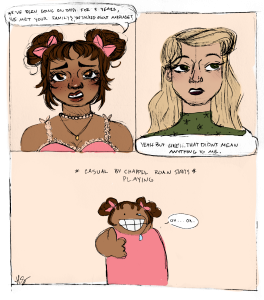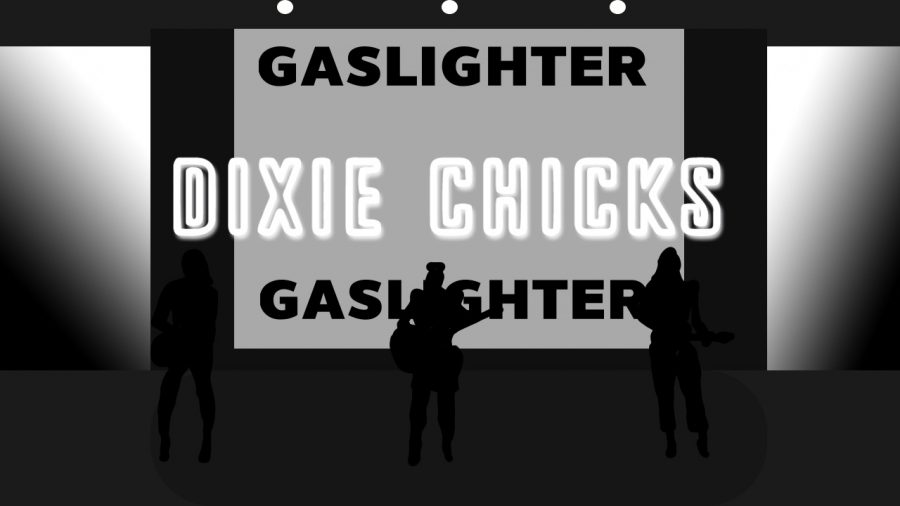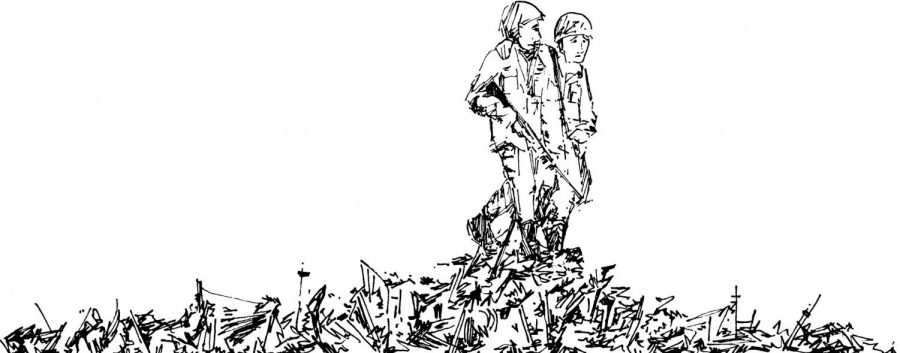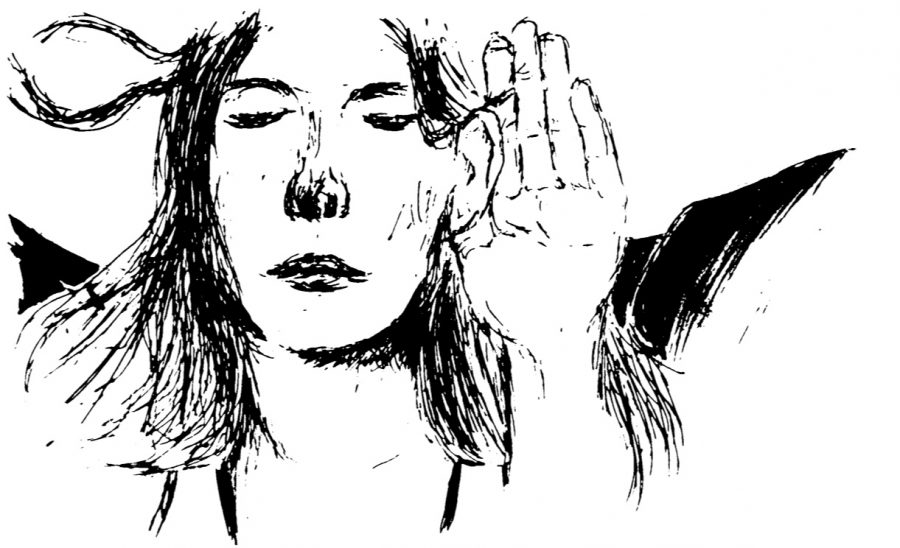Steven Millhauser
“Dangerous Laughter”
Vintage 2008
244 pages
“Dangerous Laughter” somehow houses both the large and small, the loss and the discovery within a world just different enough from our own to highlight the inherence of these extremes. Praised as “not just brilliant but prescient” by The New York Times Book Review, “Dangerous Laughter” is Steven Millhauser’s 11th work of fiction and contains 13 stories that manipulate what we know about history as well as how we perceive the modern world around us. Millhauser does not shy from the fantastic, or what would seem impossible and unreal, but instead lets it resonate, as plausible and necessary as breathing.
Following the opening story “Cat ‘N’ Mouse,” Millhauser’s collection is divided into three sections, each with four stories thematically intertwined and laced with not only recurring but also poignant imagery. The first set of stories fits snugly under the category, “Vanishing Acts.” These narrators lock their accounts immobile around a specific stranger: a female: who appears out of obscurity only to fade back into it. People disappear or never appear or change themselves to become unrecognizable by those that knew them best. What is a girl to do when she finds attention and acceptance in her ability to fully succumb to her bottomless laughter, but all of a sudden crying is the thing to do? The stories of “Vanishing Acts” serve to remind us of the consequences of falling into a routine without thinking about what could be or, much like Henry James’ Spencer Brydon, what could have been. Characters in these stories often appear sick, as if they are coming down with something; their senses jumbled, they are forced to sift through and combine what they know and what they seem to witness occurring between the familiar and the impossible.
The second section, “Impossible Architectures,” focuses on physical creations: structures that push limits and test boundaries of the minute, the divine and the necessary. In “In the Reign of Harad IV” a master of miniature carving wonders how small he can go and “The Tower” imagines a complete Tower of Babel extending into Heaven. Millhauser creates scenarios in which the impossible is accomplished but to moderate satisfaction and a desire only to push on further or move onto the next thing.
The final section, “Heretical Histories,” focuses on those strange accomplishments that are sadly overlooked. Things continue to vanish in this section: Retro-developing fashion completely covers women until they have no need to even inhabit the clothes at all; Harlan Crane, one of Millhauser’s most eccentric and compelling characters (which is saying something) creates appearing and disappearing realities on canvas before disappearing himself. The underlying importance of sensation that pervades stories throughout the entire collection emerges most clearly in the final story, “The Wizard of West Orange.” Despite the weakest beginning of any story in the collection, Millhauser still carries off the journal entry style narrative with a deserved final reflection on the fleeting nature of what we think is around us and the infinite possibilities of what actually is.
The fact is, I really liked “Dangerous Laughter.” I wish I could give less of my own hard-to-pin-down analysis and more concrete facts, but these are short stories: every detail matters and contributes to the world, to the surprise. These stories are strange and Millhauser revels in the extraordinary, much to my appreciation. There is at least one story in this collection that will surprise you in some way, and that, in itself, is exciting. The beauty of short stories (one of many) is that you do not have to read the entire book at once: take a break from work or whatever and enjoy 15 pages or so of something endearingly strange.
At one point, Wolf, a character in “The Room in the Attic,” says, “Books weren’t made of themes, which you could write essays about, but of images that inserted themselves into your brain.”
Millhauser is a literary writer, fact; but this image idea is true for “Dangerous Laughter,” in which Millhauser creates a space filled with often-overlooked people feeling real things in an excitingly unreal world that will, hopefully, insert itself permanently into your brain.








